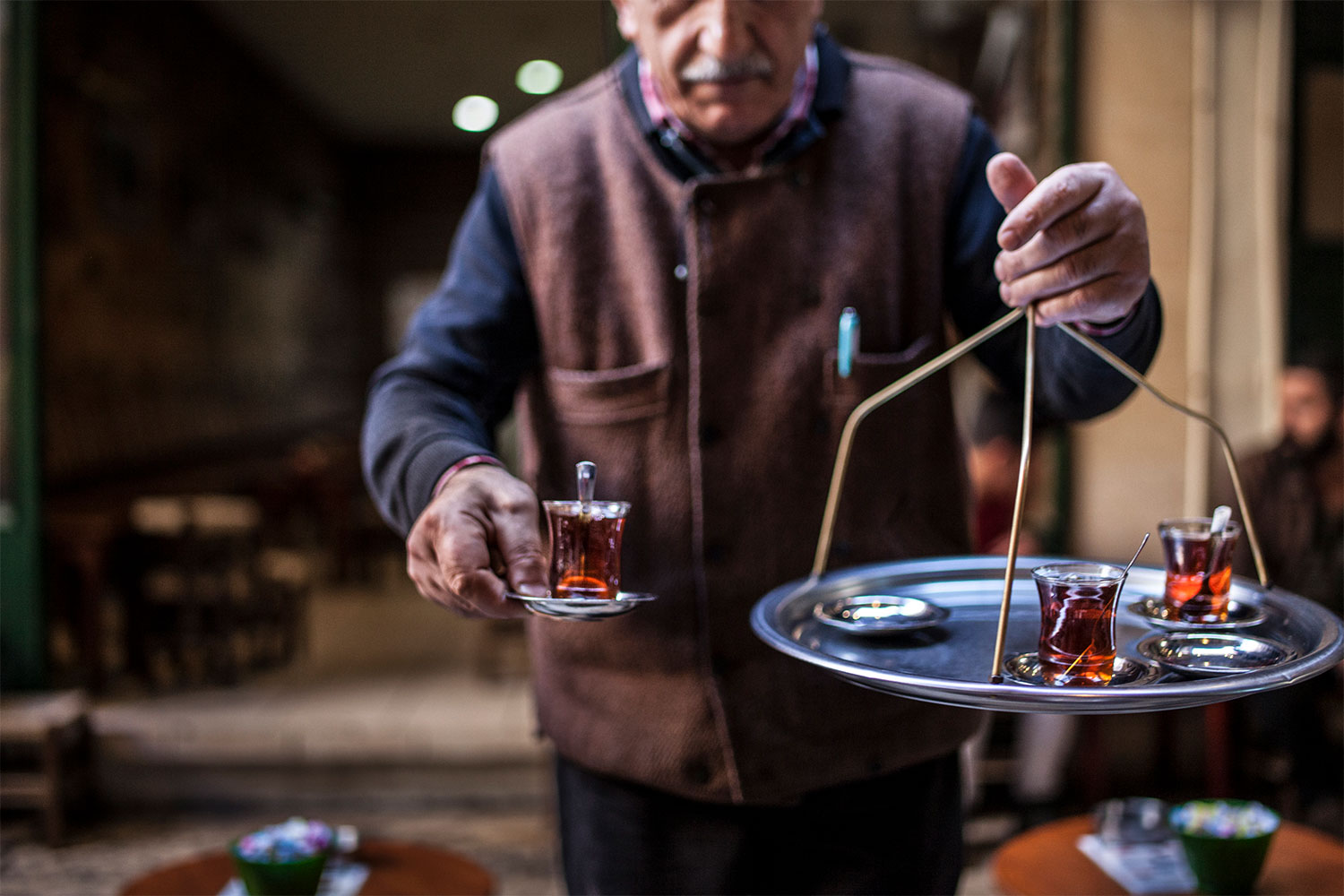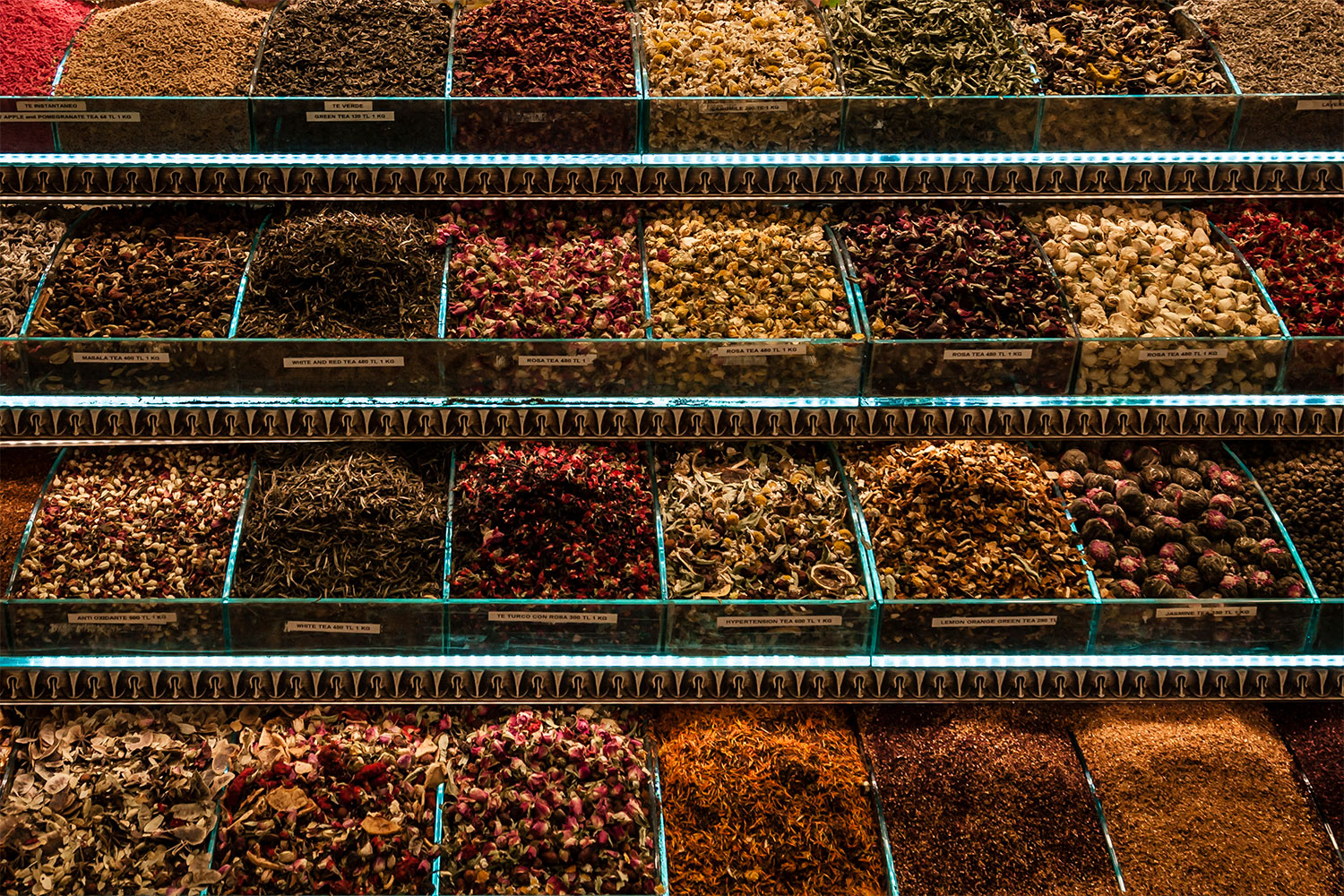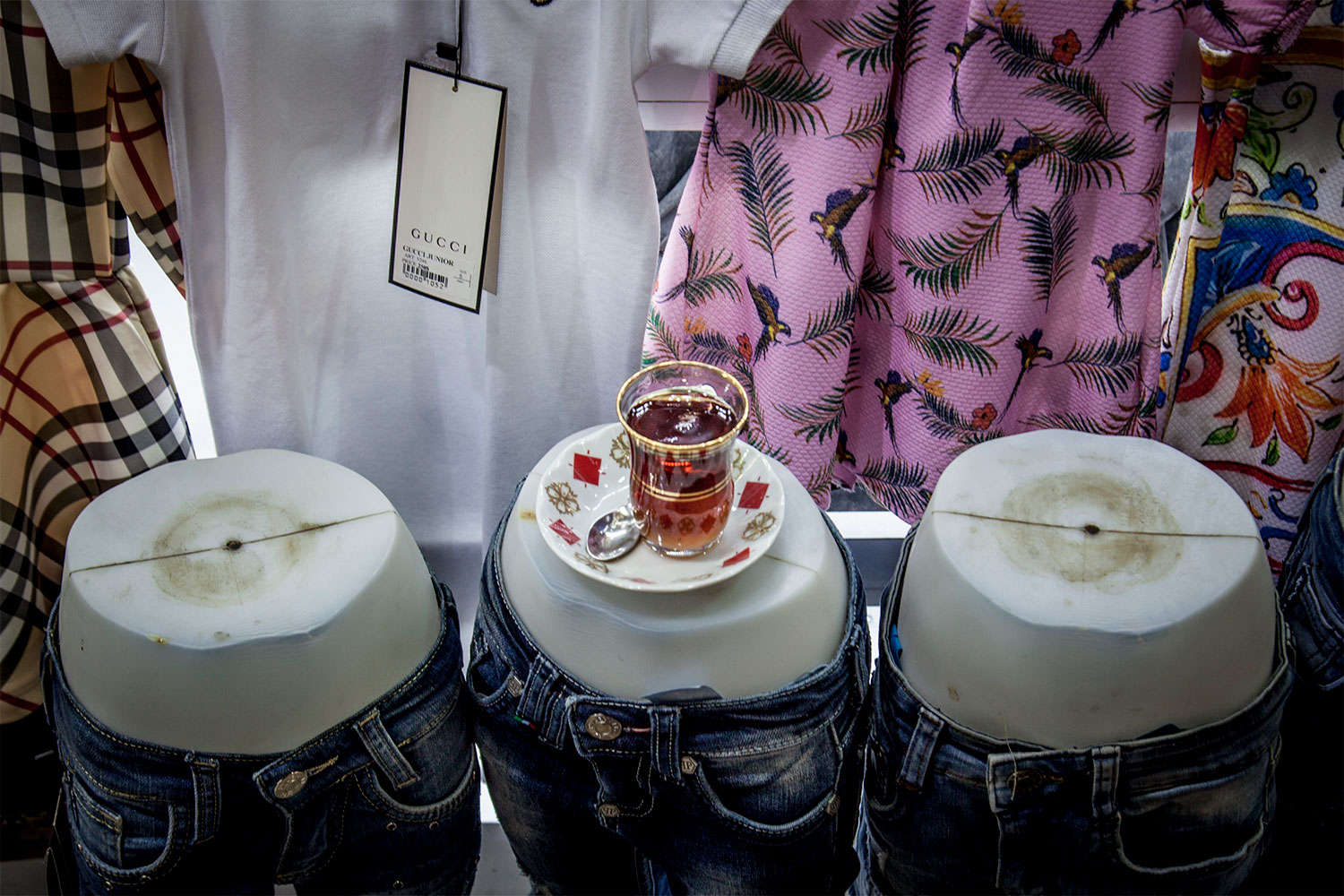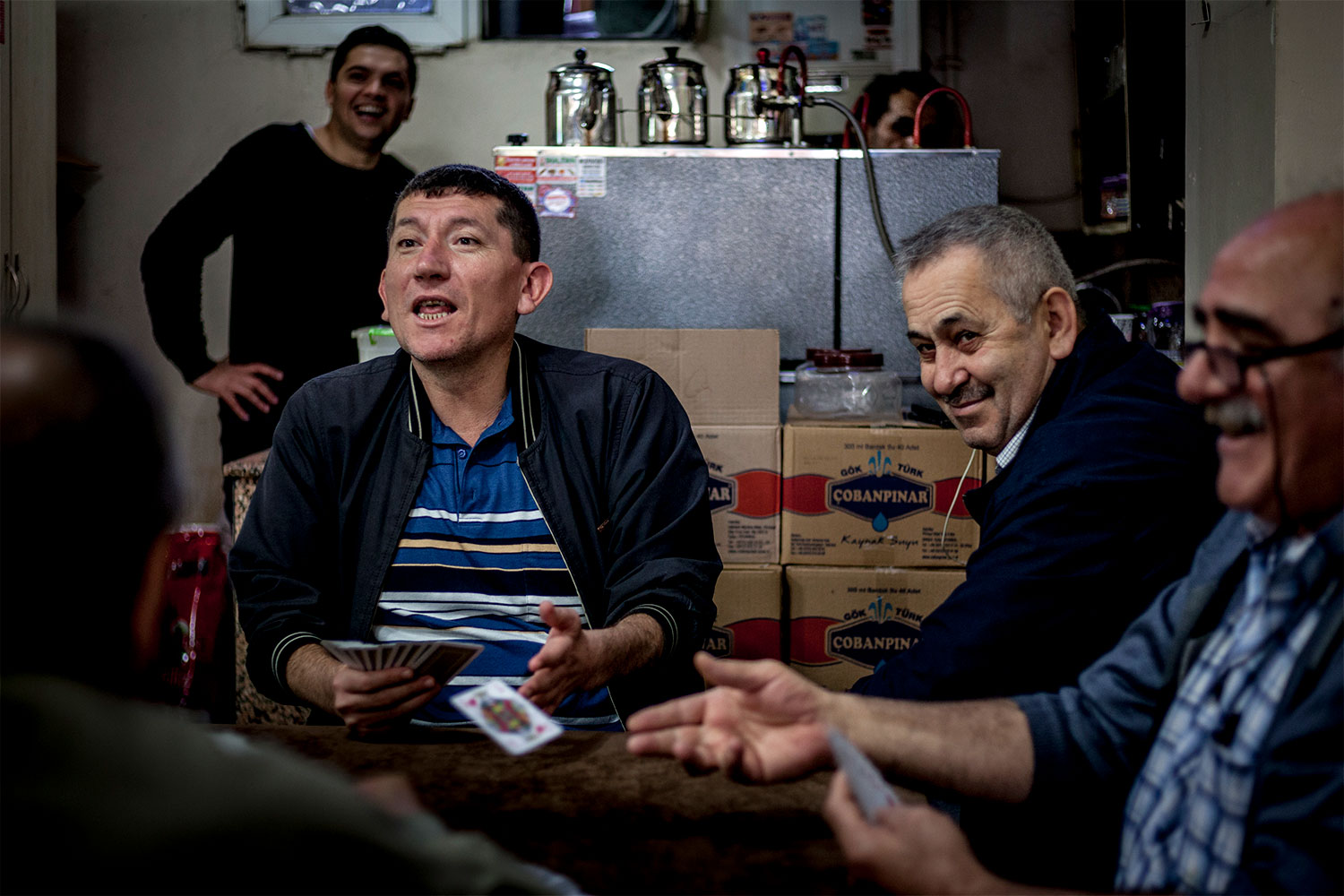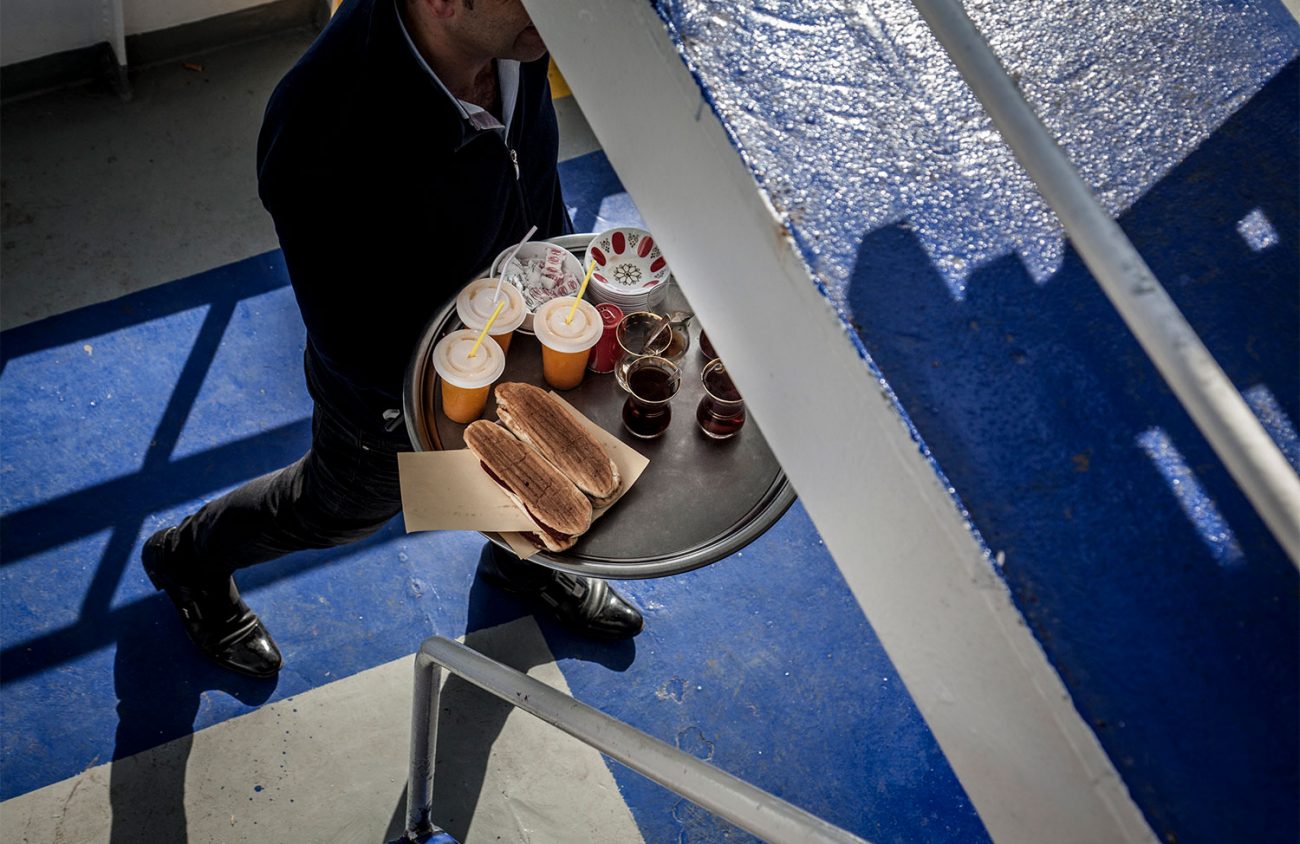Through a glass of the Turkish çay (pronounced chai), the amber red glow of light passes through, casting it onto the two sugar cubes placed on the saucer. This is a traditional glass of Turkish tea, or çay, which encompasses all walks of life in Turkey.
On average, a Turkish citizen consumes 6.29 pounds of tea a year, making it the highest per capita for tea consumption in the world. An overarching question was raised as I took the long flight to Turkey: “How can the Turkish people possibly drink this much tea?”
As I landed in Turkey I soon learned what çay meant to the Turkish people. Both a symbol of respect and welcoming to guests in the home or workplace, it is considered good manners to at least offer three cups of çay to your guests, creating a feeling of acceptance and allowing for open discussion with them.
My journey through Istanbul took me to the smallest back alley shops, to the warehouses where çay is packaged. Every step of the way I was met with loving, hospitable people who were glad to share what they knew about çay.
Throughout my experience of the vibrant art filled streets of Istanbul, often the sound “çay, çay, çay!” can be heard over the bustle of the crowd. A walla, bearing a tray dangling from his outstretched arm, glides over the uneven streets with blurring speed. Somehow he keeps all of the small cups of çay with their sugar cubes and saucers balanced on top from toppling to their inevitable demise.
The ancient cobbled streets winding up and down coastal hills are often obstacles wallas need to traverse many times a day to deliver their wares, often available for the small price of two Turkish lira (about 32 cents). The affordable price brings together rich and poor to humanize each other over conversation and çay.
The hospitality and generosity I experienced in Istanbul left me inspired. At the center of a welcoming tradition is çay, which flows freely into all walks of life in Istanbul, and, if you are lucky enough, you will be swept into this marvelous and giving culture.
